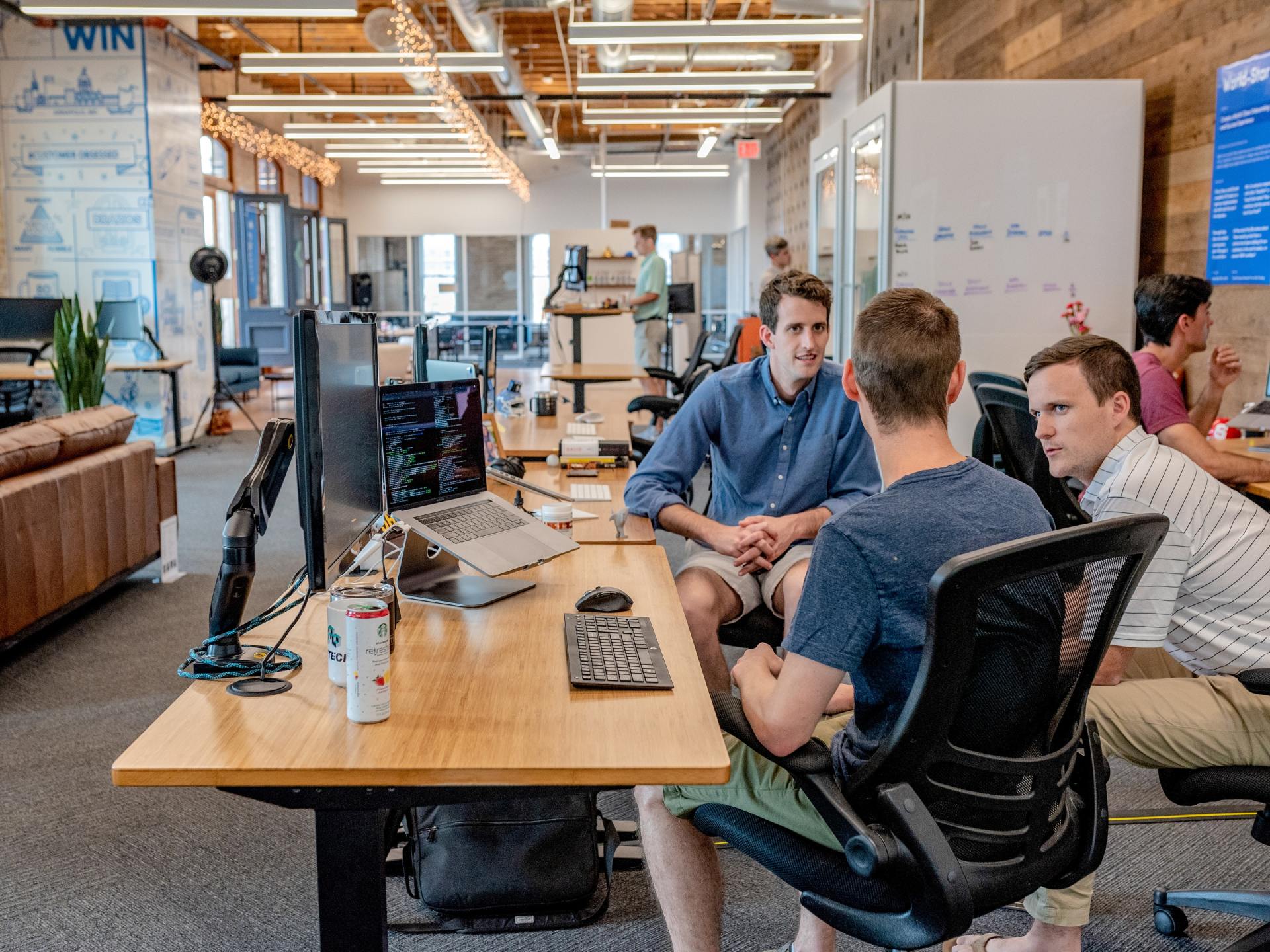Mission Crop
- By Mark Aikman
- •
- 29 Jul, 2020
- •

When business transformation becomes IT upgrade
We all start out with good intentions and an ambitious vision – to
transform the organisation with IT at the heart of that transformation.
But such well-laid plans are very susceptible to mission creep. It’s all too easy for people to lose sight of the vision when faced with the scale of the transformation task and the non-negotiable deadlines. It’s easy to tip into the world of mission crop, where big ambitions are not realised and return on the investment is not truly achieved. So how do you stop mission minimisation? My suggestions are:
Inspire the business
Most people in most organisations don’t really want to change. Change requires hard work and risk. So culturally, most organisations will find every opportunity to stay exactly the same. If the business is not inspired by the possibilities that come with the proposed change, it will seek comfort-zone solutions – methods and mechanics that keep its world just about the same as it always was. No horizons will be widened.
So everyone in the business first needs to be inspired by the benefits and possibilities that the change will bring. That’s not just the role of the CEO or the Programme Leader. Everyone in IT can play a part in enthusing colleagues about the opportunities ahead. The CIO needs to inspire her team to be inspiring.
Without buy-in from the business, and people willing to run with the new technology to improve the business and innovate further, you will simply have refreshed the IT.
Be a disruptor
In IT, we’ve spent a long time in that windowless office on the eighth floor. We’re used to waiting to be asked to get involved, usually to facilitate or implement other people’s ideas for innovation. Maybe we’re still not really used to exploiting our potential for taking a leadership role in the business. This can sometimes make us a little too passive. And so when colleagues press for familiar-as-possible solutions, we don’t yet have the habit of challenging them.
Making that challenge will be uncomfortable - for everyone involved. Organisations can be perfectly fine with change itself being uncomfortable: indeed, “disruption” has changed from a negative to a positive concept in the last few years in most corporate lexicons. However, they can be less accepting of an IT team and its leader becoming disruptive. For four decades, IT have been compliant facilitators of the organisation’s wishes. IT bursting out of the cupboard under the stairs like Vin Diesel may come as something of a shock.
But if the transformation programme is to succeed in full, IT will have to speak up, be persuasive and put its collective foot down. That means being recognised for your leadership and not easily pushed back into that cupboard.
My best tip here is for CIOs to use some communications coaching before the programme begins. It’s extremely difficult to regain your voice after you’ve been drowned out, so coaching helps you speak out loudly and convincingly from the start.
Do what’s right: not what’s easy
During the build, everyone in IT is of course under enormous pressure. Deadlines are pressing and not negotiable and there is always far more to do than we anticipated at the start. It therefore becomes very tempting to use quick and easy solutions. Expedient shortcuts can result in all kinds of long-term disappointments, from reduced functionality and lost opportunities to lack of metrics and restrictions on further innovation.
I would recommend that the litmus test for solutions that save development time is just one question: “It’s easy: but is it right?” If the solution fulfils the aims of the Programme, then it’s perfect. But if it’s expedient but doesn’t deliver the programme’s potential – then it’s a false (time) economy and it’s never right. It’s just an upgrade. Your aim here is to stop your role in project leadership – i.e. delivering the vision – becoming project management, which is simply delivering a solution.
Do NOT plan to fix it later
Again, those looming deadlines are the enemy of fully achieving our vision. We all know how the argument goes: we know we meant to have that feature ready for go-live but it’s proved tricky. So we agree to launch without it and retrofit it later. The IT will be upgraded at launch, but only part-way to what could have been.
In my experience, in reality people rarely go back and fix it later. They are overtaken by events. Other snags arise and take up time – or even other opportunities arise and catch our magpie-eyes. Users quickly get used to the upgrade – after all, it’s better than what went before – and don’t demand the solution they might have had.
I think the only way of avoiding delayed functionality – and therefore a sub-optimal solution at launch – is to identify in the project plan which features are absolutely non-negotiable if we are to meet the business objectives of the programme. These are therefore always priority developments and must always be fully functional at launch.
Challenge collective self-deception
Finally, the greatest enemy of achieving the full ambition of the programme is a very interesting psychological one. It usually manifests when someone in the C-suite suggests that they are beginning to sense that this organisation is not quite ready for such a profound change as the one we’ve been proposing. When this happens, it is often met with a chorus of approval. Frankly, I think that’s because it lets everyone else off the hook – there’ll be no need for the discomfort of change or risk if the transformation can be labelled as not quite right for the business at the moment. The comforting arms of business-as-usual beckon.
This collective self-deception is based on the worrying assumption that this transformation is about THIS organisation. But it almost never is. It’s bigger than just us. Transformation is almost always necessary because of this organisation’s place in its market. So if anyone else in your market or area of operation is already implementing the content of your transformation, your organisation needs to do it too. And quickly.
You will always need to challenge the introspection of “are we really ready for this?” with “folks: we have no choice”.

https://www.future-processing.com/blog/selecting-a-supplier-natural-selection/








